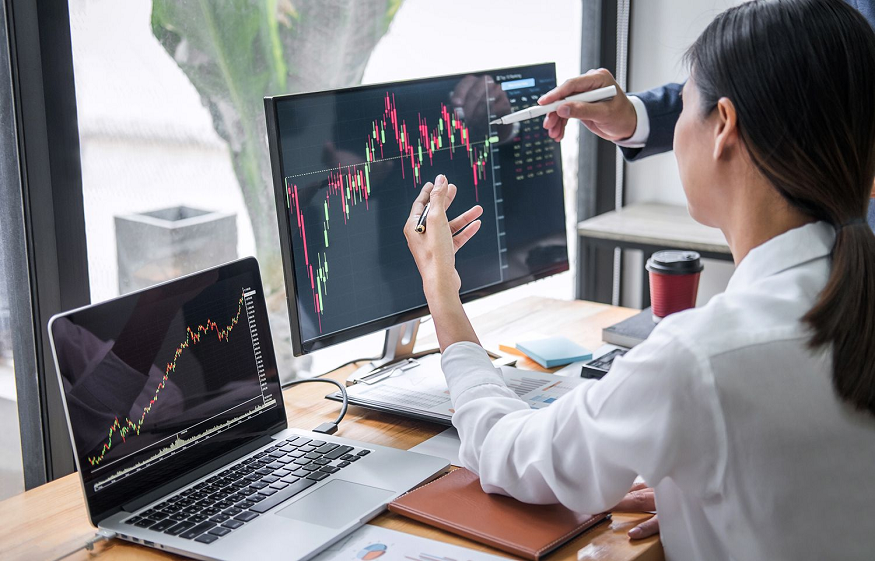Fundamentals of trading on the forex market
The forex market is where all types of currencies are traded. Investors buy different currencies, believing that one currency will increase while another decreases. Currencies are traded based on supply and demand – when more people want to purchase a particular currency, its price increases; when fewer people want to purchase it, its price falls.
The buying and selling of currencies are known as trading. Forex traders look at various factors that can impact the value of a currency – things such as interest rates, inflation rates, GDP growth reports, etc. There are many different reasons investors choose to trade certain currencies over others.
The value of any given currency often fluctuates based on these factors and how they influence each other. For example, suppose a government adds new restrictions on international trade. In that case, traders will expect the country’s currency to fall in value against other major world currencies because companies in that country would have less access to new markets.
Trading on the Forex market is not subject to any central authority – neither a bank nor a government controls it. It makes trading accessible to everyone worldwide, 24 hours per day, five days per week.
You may find this interesting too.
Why do people trade in the forex market?
Forex traders seek to increase their capital by buying and selling currencies at a profit. In this way, people can make money from the fluctuations in currency prices.
Some forex traders engage in speculation – they believe that a particular currency will rise or fall in value based on a prediction of what might happen with a factor influencing a currency’s price (i.e., interest rates, GDP growth reports etc.).
The fundamental factor that affects whether you should buy or sell Currency A is its relationship with another primary world currency. For instance, if most other major world currencies are falling in value against the American dollar, you would expect that the UK pound will also fall against the USD unless it has something else going for it.
The USD is the world’s reserve currency, meaning that other major world currencies are valued proportionally. All other things considered, if you know that one trend is likely to continue (i.e., other major world currencies falling against the USD), then you should not buy or sell anything without considering what will happen to the USD first.
What strategies are used for trading on the forex market?
Scalping
Scalping means buying and selling multiple times per day with a high frequency, generally holding positions for only minutes before closing. The trader makes small profits on each transaction, creating gains based on sheer volume. Example: An investor believes that GBP /USD will rise based on a new report released in an hour. The investor buys GBP at 1.50, waits until the report is released, and sells at 1.51 to make 50 pips. If they do this multiple times throughout the day, their profits can pile up.
Day Trading
Day trading involves buying or selling currencies and holding them overnight before closing them out. Buying or selling during periods of significant market volatility over relatively short time frames enables day traders to maximise the difference between the bid price (what buyers want) and ask price (what sellers want); however, it also increases risk exposure.
Example: An investor believes that EUR/USD will continue to fall based on a new release in an hour. The investor buys EUR at 1.20 and sells it 20 pips later at 1.19 to make €1,000, but if they wait too long and the rate rises, this would result in a loss of 100 pips (€1,100).
Position trading
Position trading is similar to day trading but more focused on longer time frames such as days or even weeks. Traders will aim to buy low and sell high over an extended period. Similar to day trading but with lower risk exposure due to holding positions for more extended periods.
Example: An investor believes that GBP/USD will continue its recent fall based on new reports being released in two days. The investor buys GBP at $1. 50, waits for two days and sells at $1.45 to make £500.

